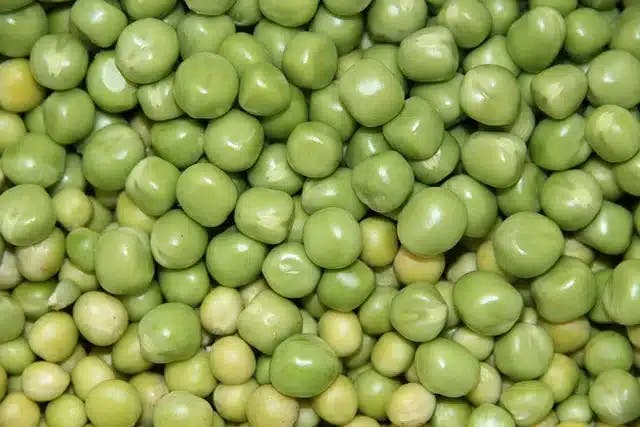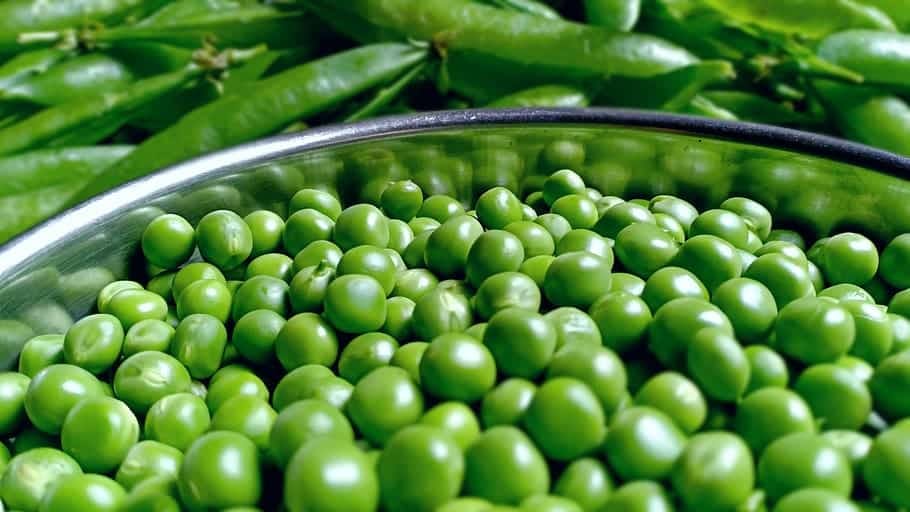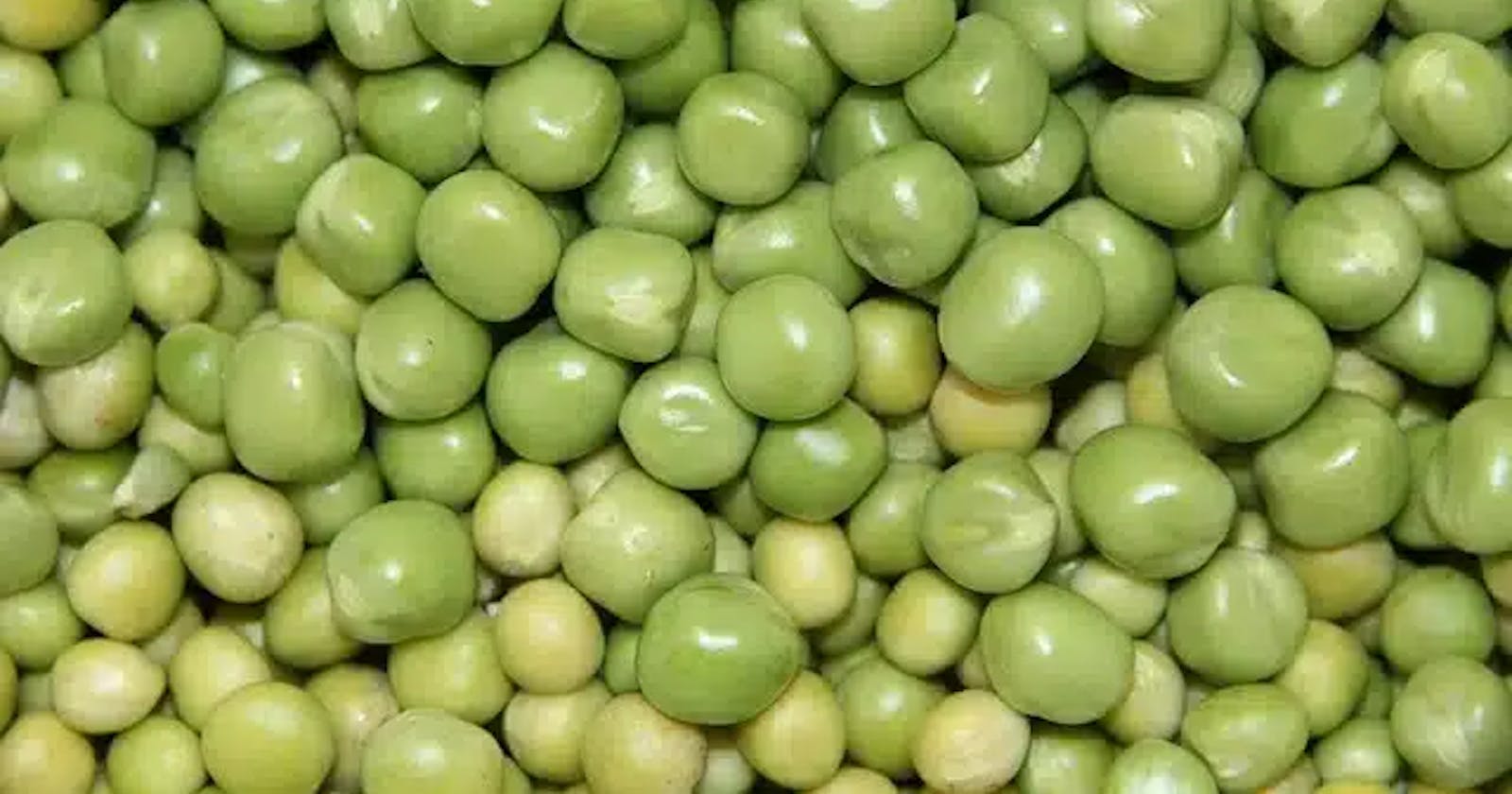When it comes to Fishing with Peas, anglers are always on the lookout for innovative bait options to entice their finned targets.
Fishing enthusiasts are always in pursuit of effective bait options, and while not all anglers have embraced the power of green peas, those who have reaped remarkable results can attest to their efficacy. In this guide, we delve into the fascinating realm of fishing with green peas as bait, exploring the science behind it and providing invaluable tips for a successful angling experience.
Exploring the Green Connection
Have you ever pondered over the color of a fish's intestines after a summer catch? Whether you're fishing in a river, canal, or lake, the consistent observation is the presence of green content in the fish's digestive system.

During the summer, fish exhibit a preference for plant-based diets, mainly greenery such as algae. While springtime witnesses worms and insects as ideal bait, the hot summer months usher in a shift towards plant-based nourishment. Consequently, transitioning to plant-based bait becomes a strategic move, and many seasoned fishermen have recognized this trend.
The Question of Bait Color: Green Peas Unveiled
Canned green peas, often overshadowed by their more illustrious counterparts, offer a cost-effective and practical alternative for bait, comparable to the ubiquitous corn. However, the question that looms is whether anglers gravitate towards the gleaming allure of corn, ignoring the unassuming yet promising green peas.
These petite green gems hold significant allure for species such as redhead, bream, and carp, particularly during the vibrant days of summer when fish's feeding habits are marked by a prominent green hue. Corn's initial appeal fades as fish grow accustomed, rendering it a lackluster choice over time. Contrarily, canned green peas, with their natural camouflage color, offer an opportunity for successful first feeding. Adhering to the principle of subtlety, a handful of green peas discreetly cast at the hunting point in shallow, frequented ponds suffice, while more distant sites necessitate a feeder for optimal results.
Harnessing the Soft Allure: A Pinnacle of Strategy
On larger bodies of water, including rivers and expansive ponds, green peas present a versatile addition to bottom bait, potentially replacing the conventional worm. Enhancing the allure, the addition of the liquid from the can infuse the bait with a distinct aroma, enticing the curious denizens beneath. Green peas exhibit a softer texture compared to their corn counterparts, boasting a lower incidence of false pecking.
However, a caveat exists: pea clusters may dislodge upon casting. Achieving a fluid, steady motion during casting minimizes this risk. The appropriate tackle, featuring a 0.14 mm diameter lead and hooks ranging from No12 to No14, should match the pea size—be it mature or immature. While some lean towards larger grains for targeting bigger fish, stringing multiple peas on a large hook disrupts the finesse of the endeavor, inviting false pecks and suboptimal outcomes.
What is Caugth when Fishing with Peas

In the first place among pea lovers is a roach. With float fishing at depth, it takes some time before the first fish takes the nozzle.
Caughting Bream with Peas
When catching bream, the green pea nozzle should be served at the bottom and the float should be installed so that the last pellet lies at the bottom of the reservoir, about 5 cm from the hook. In this case, bites will occur more often, in when the float rises from the water. You can also fish on bottom rigging.
For a more accurate determination of the bite and timely hooking, quivertips and swingers are used. Take a small feeder, in the contents of which add green crushed peas. Greenish odorous clouds will emanate from it, attracting fish.
Cracking the Bream Code with Green Peas
Landing a bream using green peas as bait requires strategic finesse. Placing the bait at the reservoir's bottom and aligning the float to rest approximately 5 cm above the hook triggers heightened pecking activity. Employing bottom tackle further enhances the angler's prospects. Quivertypes and swingers serve as invaluable tools for discerning pecking patterns and timely engagement.
Caughting Rudd with Peas
Rudd is very well caught on green peas. True, she rarely bothers to pick up the nozzle from the bottom. Greater success will be ensured if it is possible to find the sites of rudd at the edge of the reeds. Fish betray their presence by rising for food. In this case, periodically throw a few peas into the water and feed the nozzle to the same place. A very light float and a leash without loading will help you succeed. The more actively you catch, the better. If the bait is submerged, and the fish did not take it, re-casting in most cases will be more correct than a long wait.
The Rudd's Predilection: A Green Pea Affair
Among devotees of green peas, the rudd emerges as a clear favorite. When employing deep float fishing, a degree of patience is required as the first fish's arrival might take time. The seasoned anglers among rudd populations—the sizable 300 to 350 g specimens—exhibit a perceptible knack for identifying bait more swiftly than their eager, juvenile counterparts. This phenomenon stands in stark contrast to corn fishing, where the inverse dynamic is observed.
Caughting Carp with Peas
There are few fishermen left on paid carp ponds after the spring raid. Some of them were caught, and the rest became cautious. A new bait also gives new chances.
However, the equipment for carp fishing should be noticeably more powerful. A leash with a diameter of 0.20 to 0.22 mm, thinner cannot be even in obstruction-free waters. With match or feeder tackle, fishing for a 2.5-kilogram fish becomes problematic.
When carp fishing, it is advisable to feed the fish a jar of green peas for three days before fishing. The choice of location is crucial to success. If carps come across bait before other fish, they will conquer this place.
Carp's Verdict on Green Peas: A Strategic Approach
Paid ponds often witness a post-spring decrease in carp populations due to angling activity. Capturing the remaining elusive carp demands strategic innovation, and this is where green peas come into play. Employing carp tackle that boasts greater power becomes essential, with a recommended 0.20-0.22 mm diameter lead and a match or feeder setup. These enhancements empower anglers to navigate the challenges posed by a robust carp.

To entice carp, prepping the fishing ground with a generous supply of green peas over three days prior to fishing day proves beneficial. Location selection holds the key; identifying spots where carp have previously encountered the bait positions the angler for success. While carp may claim the prime spots, delightful catches of redhead, bream, and the occasional lint may still reward the angler's perseverance.
In Conclusion: A Bounty of Possibilities
Fishing with green peas as bait unveils a realm of possibilities. These unassuming legumes hold the potential to revolutionize angling experiences, inviting a diverse range of species to engage.
Whether you're pursuing the vibrant rudd, the elusive carp, or the formidable bream, green peas offer a tantalizing option that beckons fish from the depths. As you embark on your next angling adventure, consider the allure of green peas and unlock the treasures that lie beneath the water's surface.
